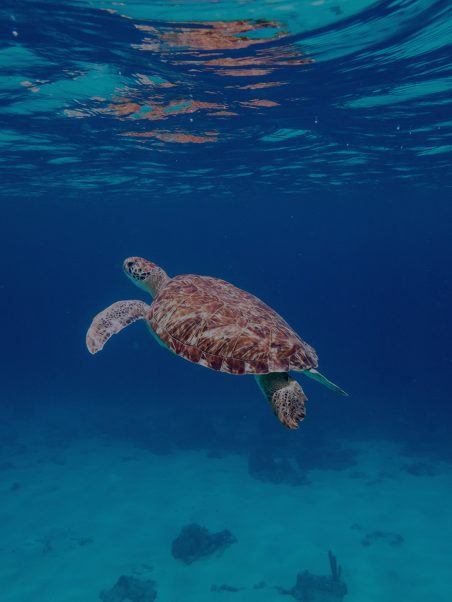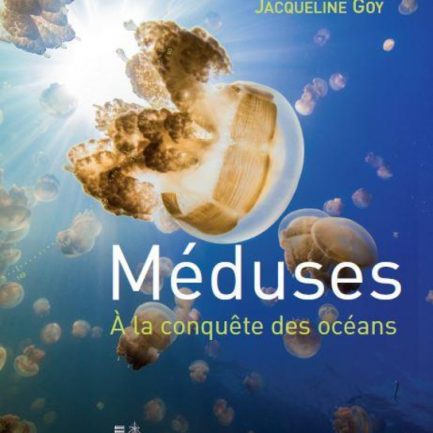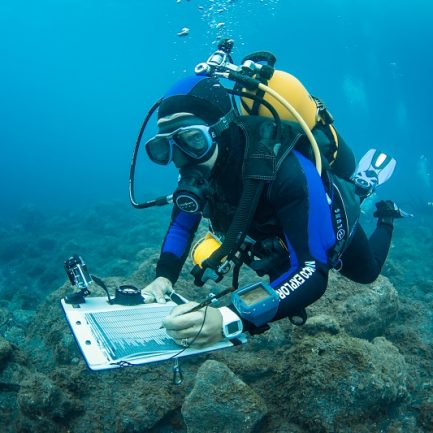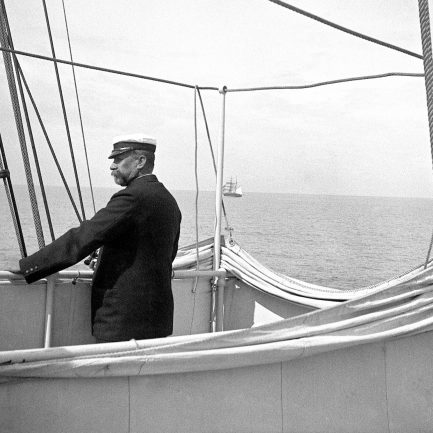The seven species of sea turtles in the world
- Home
- Actualités
- 7 species of sea turtles
Out of more than 300 species of turtles, only 7 live in the sea
There are more than 300 species of turtles in the world, of which 250 are aquatic (living in freshwater, wetlands and marshes), 60 terrestrial and only 7 marine, as Flegra Bentivegna explains in the following fact sheet.
Six species in a single family: the Cheloniidae
Of the seven species of sea turtles, six belong to the family Cheloniidae. This family has the characteristic of having a carapace without a hull covered with scales and one or two claws on the fins. Only the leatherback turtle is part of the Dermochelyidae family, characterized by the absence of horns and scales on its carapace.
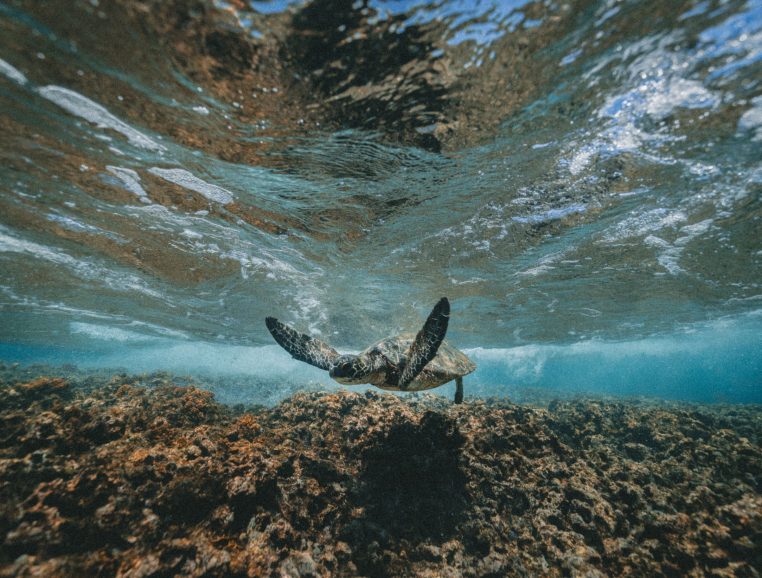
Very distinct characteristics
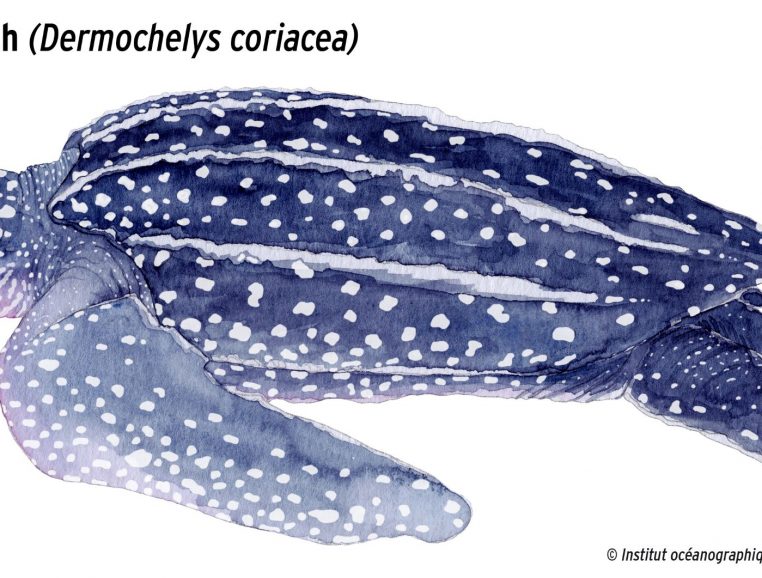
The leatherback - the most massive of turtles
Dermochelys coriacea is the only species in the family Dermochelyidae. It is the most imposing of the marine turtles. It can reach 400 kg and exceed two meters in length. Its carapace is not covered with scales but with a tough skin.
The green turtle - plant-coloured
Chelonia mydas is the largest of the cheloniids. Its weight varies from 160 to 250 kg and its height from 80 to 130 cm. In the juvenile stage, the green turtle is essentially carnivorous and feeds on small crustaceans and fish.
As an adult, it becomes vegetarian and feeds mainly on marine plants. It owes its name to the unusual colour of its flesh, attributable to its diet.
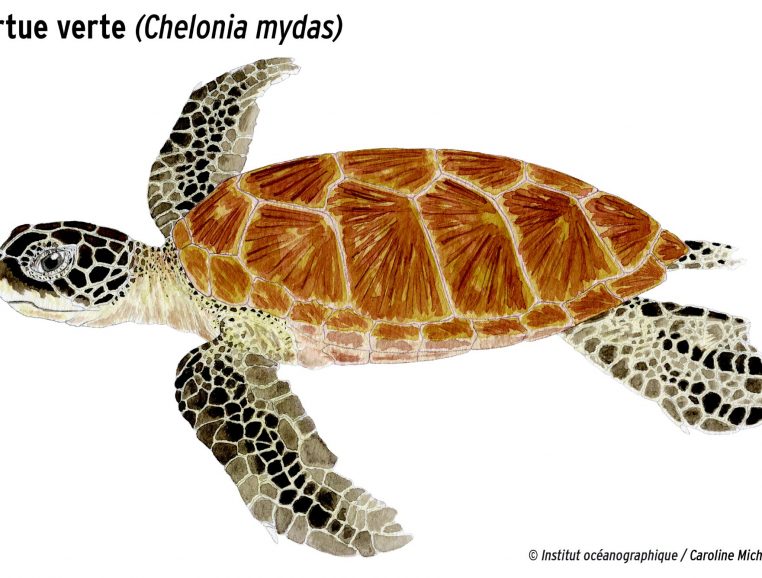
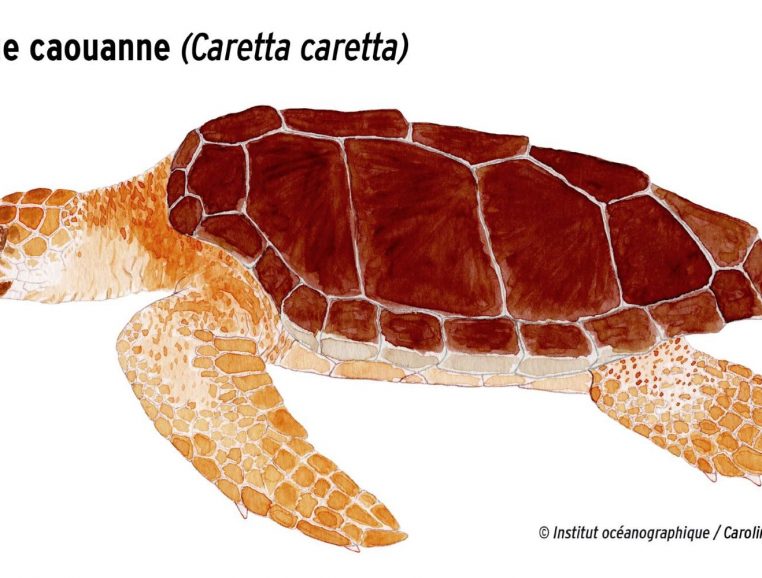
The loggerhead turtle - a carnivore’s effective jaws
Caretta caretta measures up to 120 cm for 200 kg. Carnivorous, it eats jellyfish, small fish, crabs and shrimps. A powerful jaw muscle allows it to crush the crustaceans before ingesting them.
The hawksbill turtle - a prized beauty
Eretmochelys imbricata weighs from 60 to 90 kg for a size of 60 to 120 cm. Omnivorous, it feeds on sponges making its skin toxic for humans. This characteristic has allowed him to stay away from poachers interested in meat. However, it is hunted for its beautiful scales that are easy to make into crafts such as combs or jewelry.
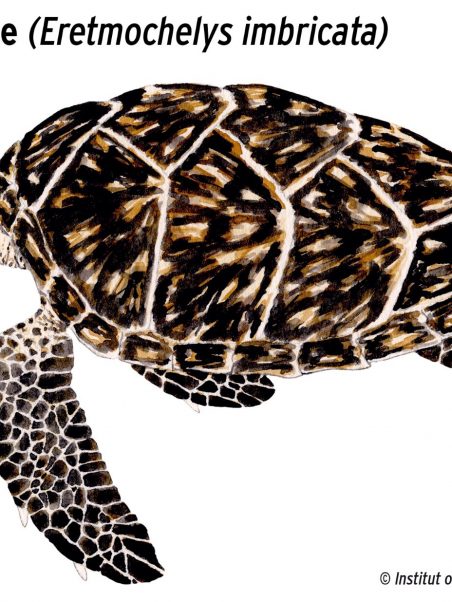
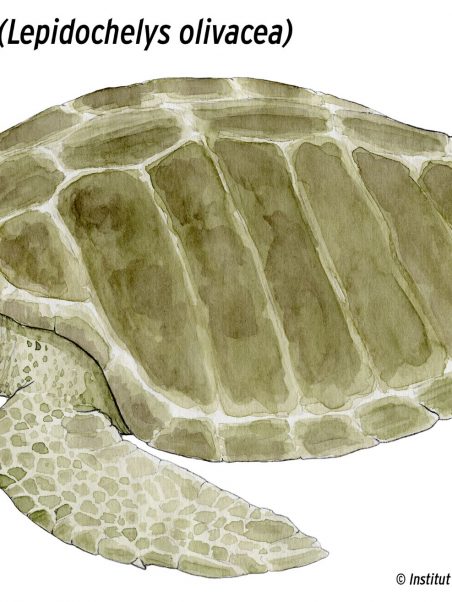
The olive ridley turtle - ready for landing
Lepidochelys olivacea owes its name to the olive-green colour of its carapace. It measures from 50 to 75 cm for a weight of 40 to 50 kg. It is known for its massive landings (called “arribadas”, in Spanish) of females coming to lay eggs on beaches of the Pacific coasts of Central America (Mexico, Costa Rica, Panama), as well as in South America, on the coasts of Surinam.
Kemp's ridley turtle - the shy one
Lepidochelys kempii is the rarest and most discreet. It is also the smallest: from 45 to 70 cm for 30 to 50 kg. It lays mainly on the Mexican beach of Playa de Rancho Nuevo.
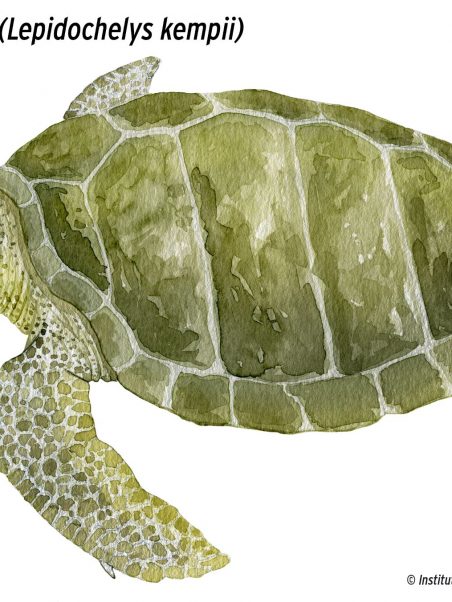
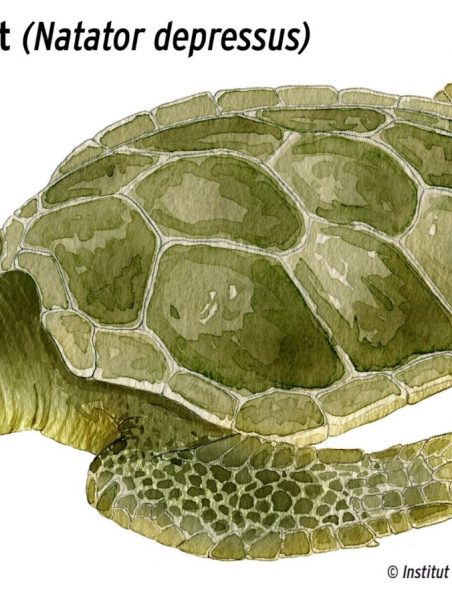
The Australian flatback sea turtle
Natator depressus is found exclusively between Australia, Papua New Guinea and Indonesia. To date, only a few beaches in northern Australia seem to be home to them for breeding. Its name comes from its particularly flat shell. It measures from 95 to 130 cm for a weight of 100 to 150 kg. Its diet of sea cucumbers, shellfish and jellyfish makes it a carnivorous turtle.
The disputed existence of an eight species
Some specialists speak of eight species of turtles. This subject remains controversial: Chelonia agassizii is sometimes considered as a subspecies of the green turtle Chelonia mydas.
Whether there is one more species or not, the current threats to marine biodiversity encourage us to marvel at these “seven sea turtles of the world” and protect them.
